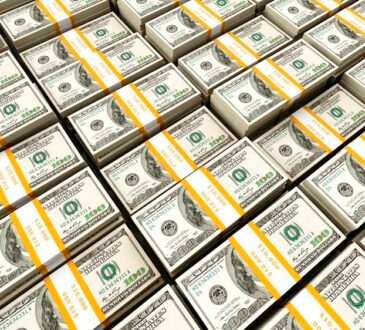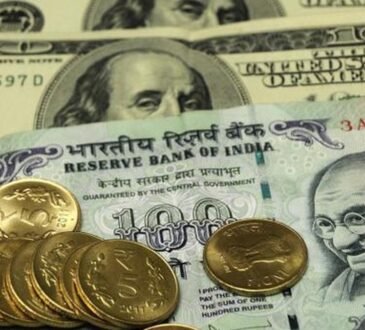The U.S. dollar experienced a decline from two-month highs against major currencies after indicators of a weakening labor market strengthened the argument for more rapid Federal Reserve rate cuts. Despite this, the dollar remains poised for a second consecutive weekly increase, driven by unexpectedly strong monthly payroll data from the previous week, which caused traders to reevaluate expectations for a significant cut in the Fed’s next policy meeting.
Market Dynamics
The interpretation of recent economic indicators has created a complex landscape for traders. Thursday’s spike in initial jobless claims, coupled with an increase in the consumer price index (CPI), highlighted the challenges facing monetary policy. While the jobless claims suggested labor market softness, the CPI data served as a reminder that persistent inflation may necessitate a continued restrictive monetary stance.
Key Developments:
- Fed Rate Cut Expectations: The likelihood of a quarter-point rate cut on November 7 rose to 83.3% from 80.3% the previous day, as indicated by the CME Group’s FedWatch Tool. In contrast, the probability of a half-point reduction dropped significantly from 32.1% to nearly negligible levels.
- U.S. Treasury Yields: The yield on the two-year U.S. Treasury note, closely tied to interest rate expectations, fell to 3.9531%, contributing to downward pressure on the dollar.
- Dollar Index Performance: The dollar index, which tracks the currency against six major peers, held steady at 102.84 as of 0111 GMT, down 0.3% from Thursday’s peak of 103.17, the highest level since August 15. Despite this, the index is on course for a 0.39% weekly advance, building on the previous week’s 2.06% surge.
Important Considerations
- Federal Reserve’s Focus Shift: The Fed has indicated a transition in focus toward prioritizing full employment over strict price stability. Investors are keenly watching the CPI for signs that inflation is being effectively managed.
- Market Volatility: Tapas Strickland, head of market economics at National Australia Bank, noted that while there was volatility in global markets, yields remained relatively stable. He emphasized that the CPI results did not fundamentally alter the narrative surrounding moderating inflation, suggesting a path toward a more neutral monetary policy.
Diverging Views Among Fed Officials
Fed officials expressed differing opinions regarding future rate cuts:
- Austan Goolsbee, President of the Chicago Fed, mentioned that a significant majority of policymakers expect a gradual reduction in rates to levels significantly below current rates.
- In contrast, Raphael Bostic, President of the Atlanta Fed, expressed openness to the idea of not implementing a rate cut in November.
Currency Performance
- Yen: The dollar rose 0.06% to 148.68 yen, nearing Thursday’s high of 149.58 yen, a level last seen on August 2.
- Euro: The euro stabilized at $1.093650 after recovering from a two-month low of $1.090025.
- Australian Dollar: The Australian dollar remained strong at $0.67395, rebounding from a low of $0.6702 earlier in the week.
Australian Dollar’s Fluctuations
The Australian dollar has been influenced by shifting expectations regarding stimulus measures from China, Australia’s largest trading partner. A news conference on fiscal policy is scheduled for Saturday, which may provide further clarity on this front.
The U.S. dollar’s recent retreat reflects heightened expectations for Federal Reserve rate cuts, underscoring the complex interplay between labor market signals and inflation data. As traders adjust their positions, the outlook for the dollar remains uncertain, influenced by upcoming economic indicators and policy announcements.





